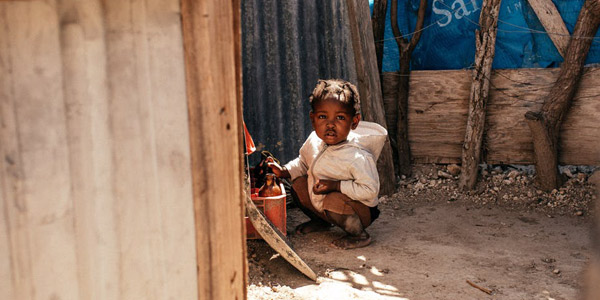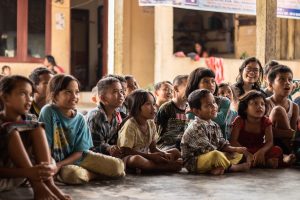 Civilians bear the brunt of the suffering in war. Of the big number of war victims, the most often neglected are children.
Civilians bear the brunt of the suffering in war. Of the big number of war victims, the most often neglected are children.
Orphans throughout the world face many challenges: Malnutrition, starvation, disease, and decreased social attention. As the most vulnerable population on planet Earth, they have no one to protect them and are most likely to suffer from hunger, disease, and many other problems.
In recent decades, the proportion of civilian casualties in armed conflicts has increased dramatically and is now estimated at more than 90 per cent. About half of the victims are children.
An estimated 20 million children have been forced to flee their homes because of conflict and human rights violations and are living as refugees in neighbouring countries or are internally displaced within their own national borders.
More than 2 million children have died as a direct result of armed conflict over the last decade.
More than three times that number, at least 6 million children, have been permanently disabled or seriously injured.
More than 1 million have been orphaned or separated from their families.
Between 8,000 and 10,000 children are killed or maimed by landmines every year.
An estimated 300,000 child soldiers – boys and girls under the age of 18 – are involved in more than 30 conflicts worldwide. Child soldiers are used as combatants, messengers, porters, cooks and to provide sexual services. Some are forcibly recruited or abducted, others are driven to join by poverty, abuse and discrimination, or to seek revenge for violence enacted against themselves and their families.
Sadly, however, they rarely receive the time, attention, and love for optimal social and personal development. Research reveals that children growing up in an orphanage experience emotional, social, and physical handicaps. Without a doubt, the best place for a child to grow up is in a stable family with a loving father and mother.
Source: Text: keepincalendar.com Image: Unsplash (free download)
 This year, the World Day of Migrants and Refugees will be celebrated on 25 September. Catholics worldwide are called upon to remember those displaced by conflict and persecution.
This year, the World Day of Migrants and Refugees will be celebrated on 25 September. Catholics worldwide are called upon to remember those displaced by conflict and persecution.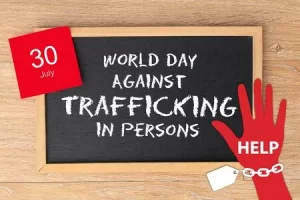 THEME 2022: “Use and abuse of technology”
THEME 2022: “Use and abuse of technology”  Gender equality today for a sustainable tomorrow
Gender equality today for a sustainable tomorrow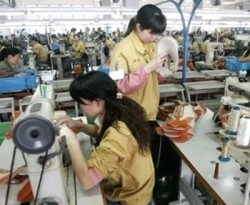 Parallèlement à la journée de lutte pour l’abolition de l’esclavage (
Parallèlement à la journée de lutte pour l’abolition de l’esclavage (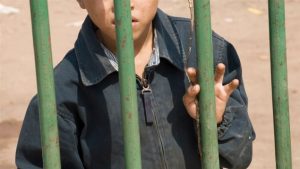
 Civilians bear the brunt of the suffering in war. Of the big number of war victims, the most often neglected are children.
Civilians bear the brunt of the suffering in war. Of the big number of war victims, the most often neglected are children. Every year the world continues to get more and more crowded. While we’ve a tendency to pack ourselves into massive cities, and there are presently still long open stretches of countryside, every year that gets whittled away at more and more. The power and food needs of the world continue to place a greater and greater strain on our ability to meet them, and resources in general are becoming harder and harder to come by. World Population Day comes along each year to remind us that our present rate of population growth is unsustainable, and the present social and logistical issues we are experiencing to meet the demand of that population will only get worse if we don’t do something.
Every year the world continues to get more and more crowded. While we’ve a tendency to pack ourselves into massive cities, and there are presently still long open stretches of countryside, every year that gets whittled away at more and more. The power and food needs of the world continue to place a greater and greater strain on our ability to meet them, and resources in general are becoming harder and harder to come by. World Population Day comes along each year to remind us that our present rate of population growth is unsustainable, and the present social and logistical issues we are experiencing to meet the demand of that population will only get worse if we don’t do something.